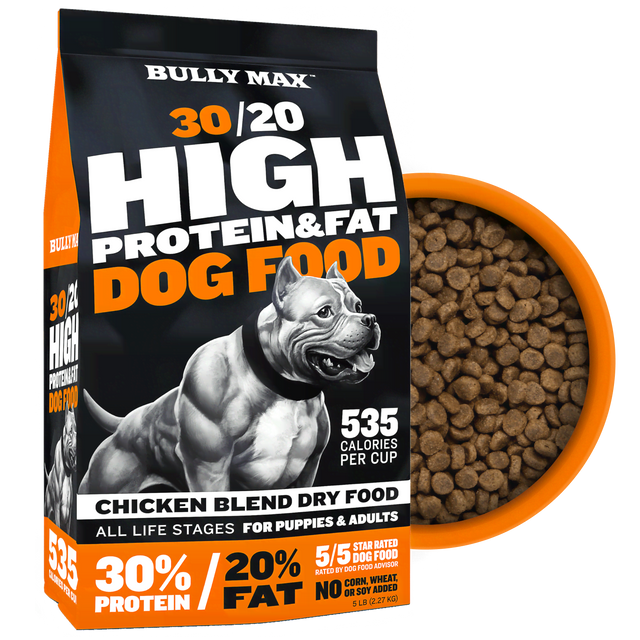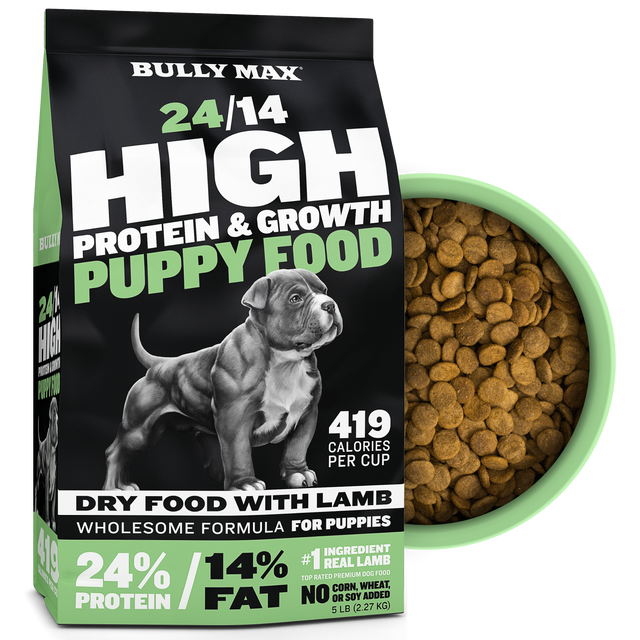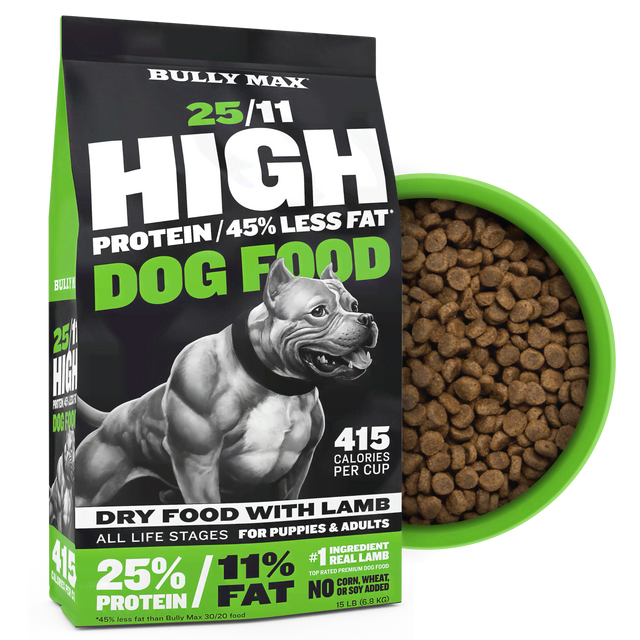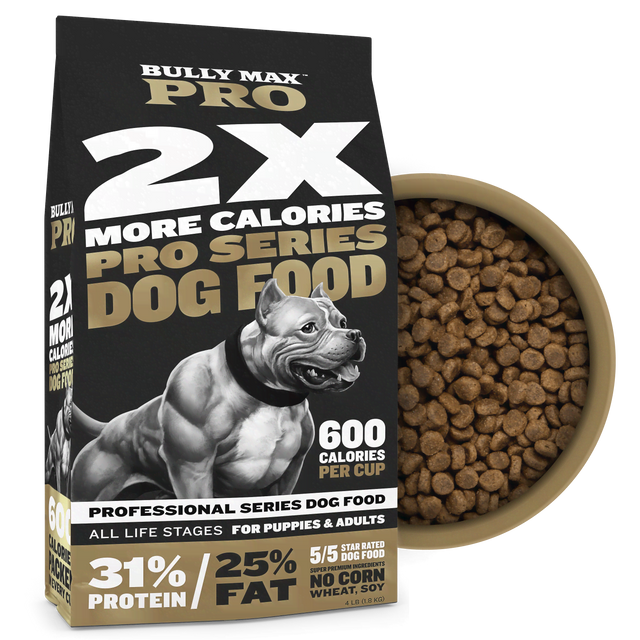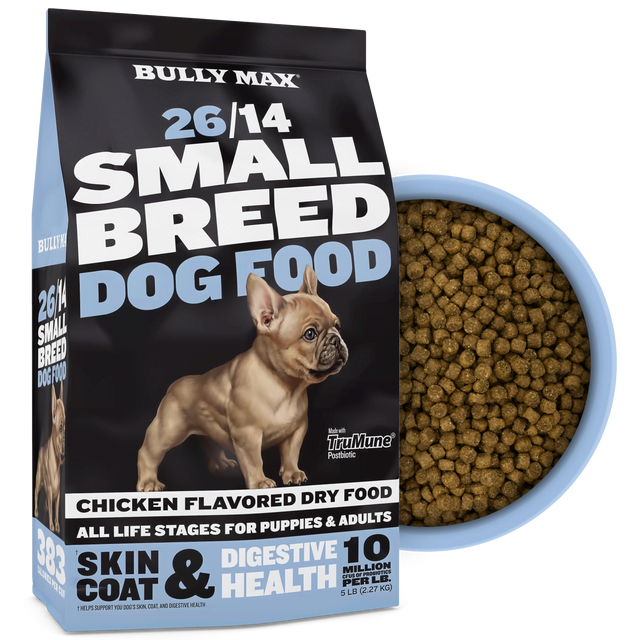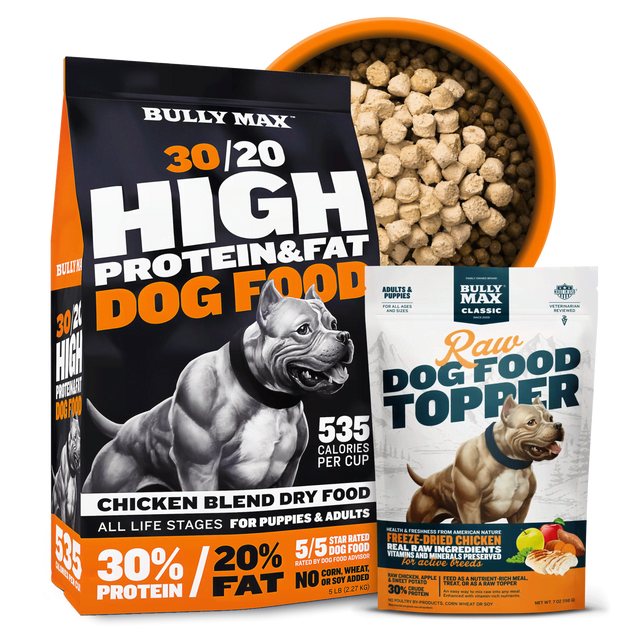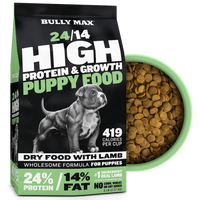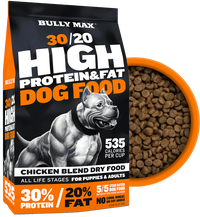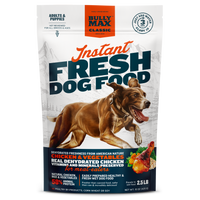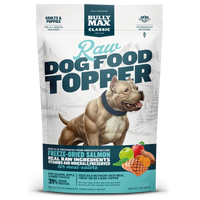Dry Dog Food
Dry Dog Food
As a dog owner, one of the most critical decisions you'll make regarding your pet's well-being is choosing the right type of food. Dry dog food, or kibble, is a popular option among pet owners due to its convenience, affordability, and range of available formulas. Dry dog food can be quite calorie-dense, so it can be important to count calories for your dog to make sure they’re getting the proper amount.
Advantages of Dry Dog Food
Convenience
One of the most significant benefits of dry dog food is its convenience. Kibble is easy to store, has a long shelf life, and requires no refrigeration or preparation. This makes it an ideal option for busy pet owners or those who need to leave food out for their dogs while they're away.
Dental Health
Dry dog food can help maintain your dog's dental health due to its crunchy texture. Chewing kibble helps remove plaque and tartar buildup on your dog's teeth, reducing the risk of dental issues like periodontal disease.
Affordability
Another advantage of dry dog food is its cost-effectiveness. Typically, kibble is less expensive than wet or raw dog food options, on a price per pound basis, making it an appealing choice for pet owners on a budget.
Wide Range of Formulas
Dry dog food is available in a vast array of formulas, catering to various nutritional needs, breed sizes, life stages, and even specific health conditions. (Related: how to prepare the best senior dog food.) This means that you can find a kibble formula that's tailored to your dog's unique requirements.
Portion Control
Measuring and controlling portion sizes is more straightforward with dry dog food than with wet or raw alternatives. Kibble can be easily measured using a standard measuring cup, allowing you to manage your dog's caloric intake and maintain a healthy weight.
Considerations for Dry Dog Food
Hydration
One potential downside of dry dog food is its low moisture content. Dogs consuming a kibble-based diet may require additional water intake to ensure they remain adequately hydrated. It's essential to monitor your dog's water consumption and provide access to fresh water at all times.
Palatability
Some dogs may find dry dog food less palatable than wet or raw alternatives due to its texture and lack of moisture. This can be particularly challenging for picky eaters or dogs with dental issues that make chewing kibble difficult. If your dog has trouble eating dry food, consider adding water or broth to soften the kibble or incorporating a wet food topper to increase palatability. Or read more about how to get your dog to eat everything you give them.
Quality of Ingredients
While many high-quality dry dog foods are available on the market, some formulas may contain low-quality ingredients, fillers, and food coloring. It's crucial to research different brands and carefully read ingredient labels to ensure you're providing your dog with a nutritious and well-balanced diet.
Dry dog food offers numerous advantages, such as convenience, affordability, and dental health benefits. However, it's essential to consider factors like hydration and ingredient quality when choosing the right kibble for your dog. By understanding the perks and considerations of dry dog food, you can make an informed decision that meets your pet's nutritional needs and supports their overall health and well-being.
